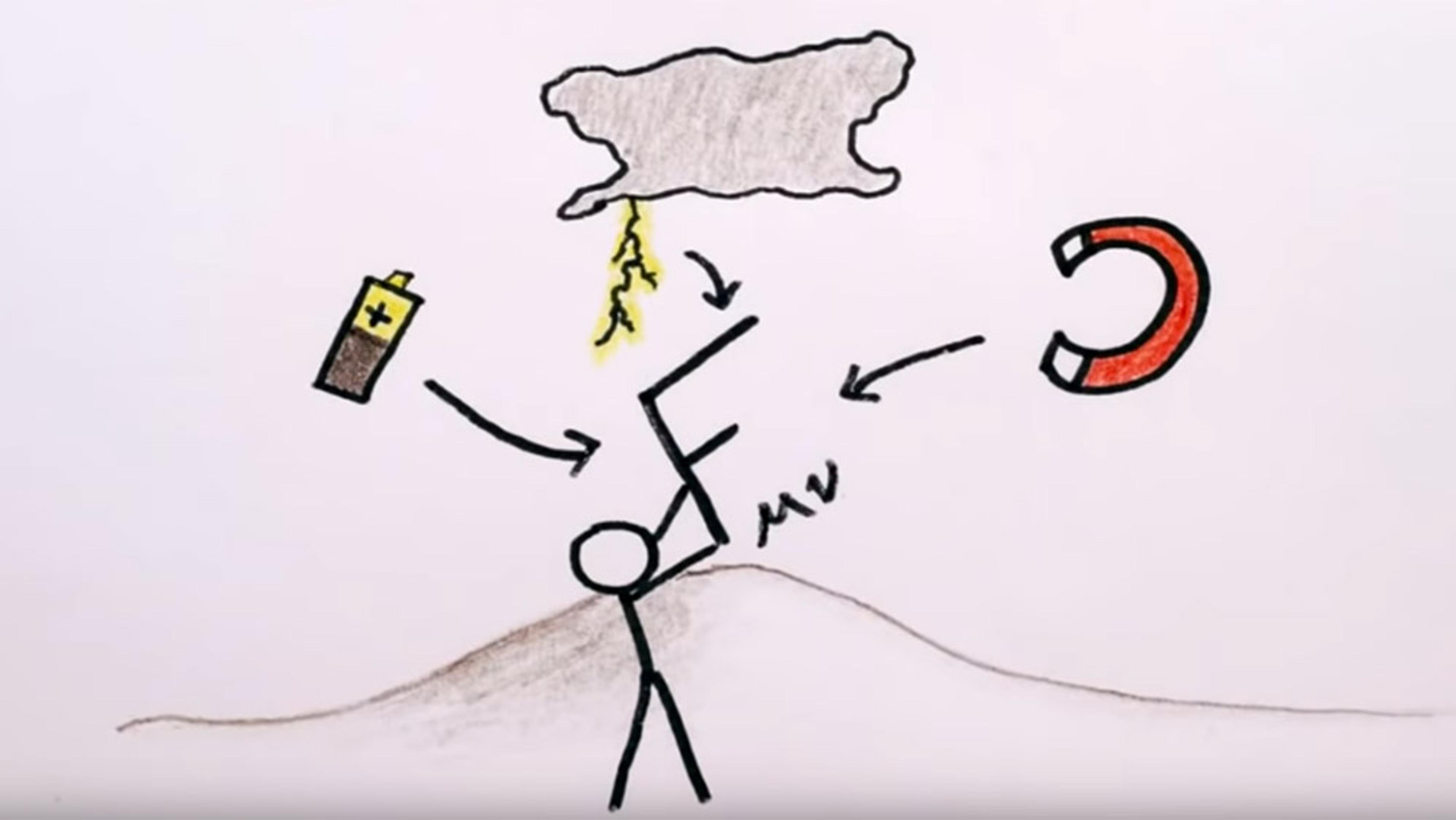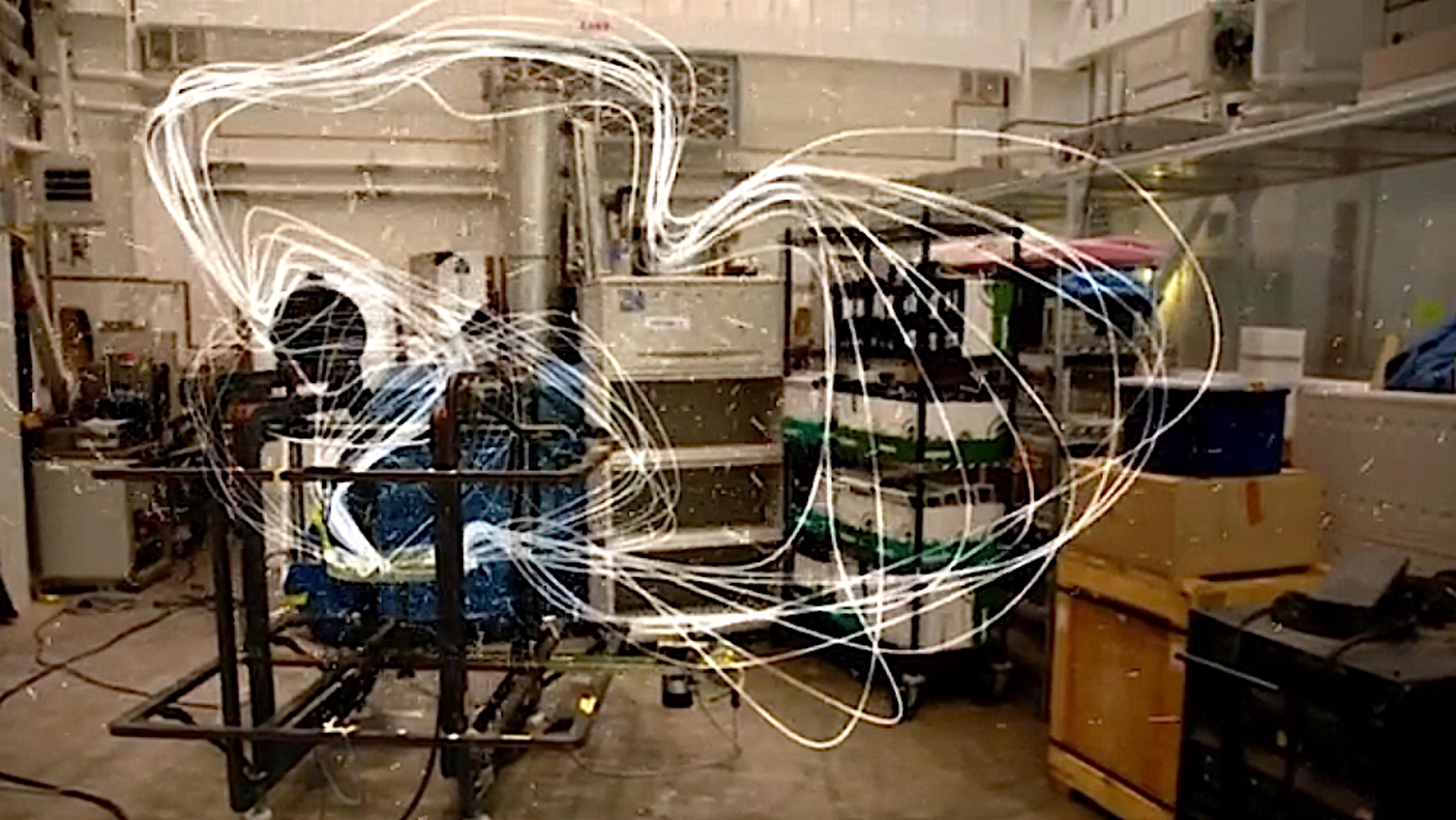Maglev (magnetic levitation) trains are elegant and audacious works of engineering that operate by harnessing the power of magnetic repulsion and electromagnetism to move traincars that quite literally float above the track – today, often at speeds of hundreds of miles per hour. In this lecture at Imperial College London from 1975, the British engineer and professor Eric Laithwaite (1921-97) deconstructs the fascinating physics at work behind his plans for a maglev train, which he first modelled in 1940s and perfected in the 1970s. Well-regarded in his time as both a lecturer and an engineer, Laithwaite presents a series of demonstrations that build, step by step, until he finally unveils a small maglev train model. The first commercial maglev train debuted at Birmingham Airport in 1984, and today Laithwaite’s engineering breakthroughs help power many of the world’s fastest trains.
In this 1975 lecture, the maglev train’s inventor deconstructs his ingenious design
Website: Imperial College London

videoEngineering
From simple motors to levitating trains – how design shapes innovation
24 minutes

videoPhysics
How two scientists built a bridge between Newton and Einstein in ‘empty’ spaces
5 minutes

videoComputing and artificial intelligence
Machine learning is important, but some AIs just want to have fun
57 minutes

videoEngineering
Making tiny things go extremely fast is a monument to human enquiry and creativity
5 minutes

videoComputing and artificial intelligence
Why large language models are mysterious – even to their creators
8 minutes

videoComputing and artificial intelligence
Who, exactly, authored this AI-generated spin on Alfred Hitchcock’s Vertigo?
5 minutes

videoPhysics
The tangled tale of how physicists built a groundbreaking wormhole in a lab
17 minutes

videoHistory of science
A Nobel laureate and a flea circus join forces for an unforgettable demonstration of inertia
5 minutes

videoAstronomy
How would the world look if we could see the magnetic fields around us?
5 minutes